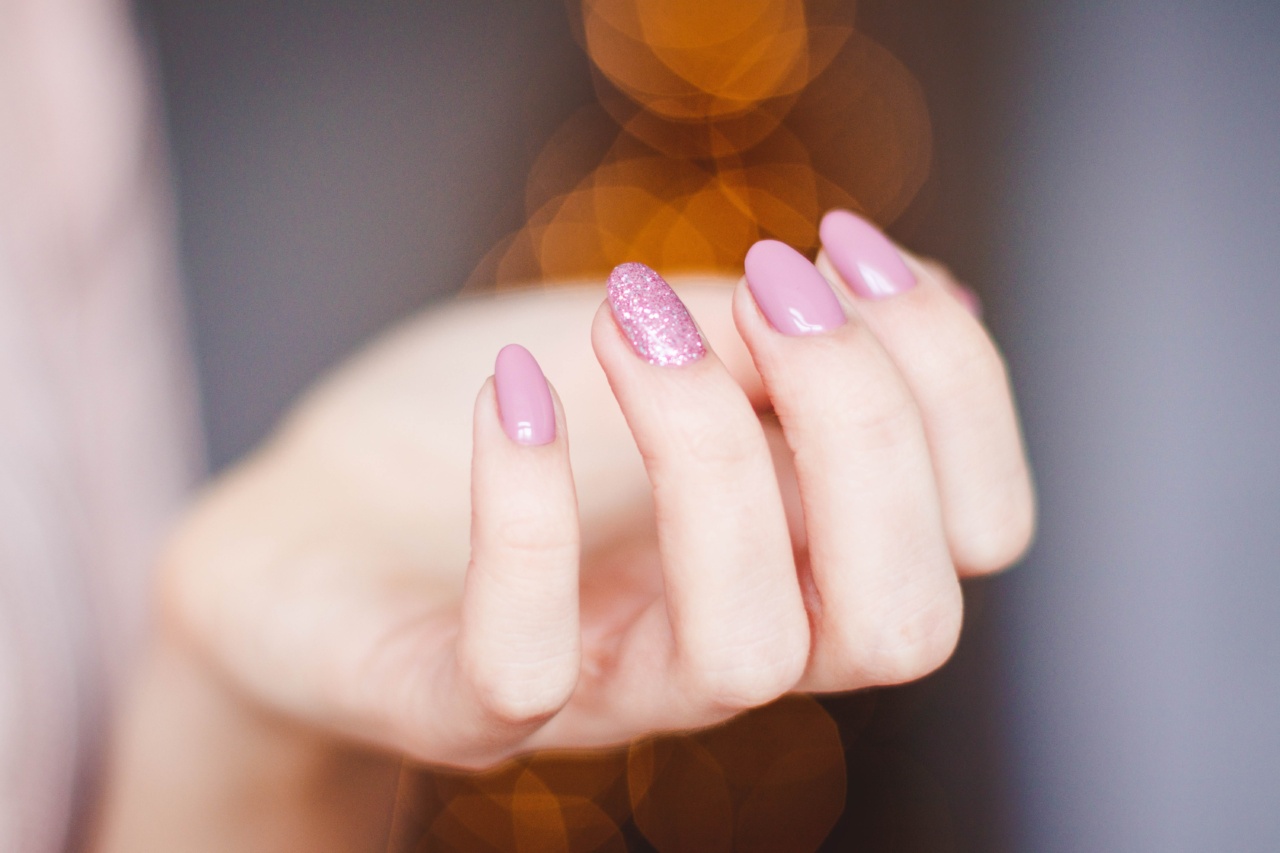When undergoing cancer treatment, it is common to experience various changes in your skin. These changes can be uncomfortable, embarrassing, and sometimes even painful.
Understanding how to manage and cope with these skin changes is crucial for maintaining a positive mindset and overall well-being during your cancer journey.
Caring for Dry and Itchy Skin
One of the most common skin changes during cancer treatment is dry and itchy skin. This can be caused by chemotherapy, radiation therapy, and certain medications. To alleviate these symptoms, consider the following tips:.
1. Moisturize regularly: Use a gentle, fragrance-free moisturizer to keep your skin hydrated. Apply it multiple times a day, especially after bathing. Avoid products that contain harsh chemicals or irritants.
2. Take lukewarm showers: Hot water can further dry out your skin. Opt for lukewarm showers and avoid using harsh soaps or scrubs. Be gentle while patting your skin dry with a soft towel.
3. Stay hydrated: Drink plenty of water throughout the day to keep your skin hydrated from within.
4. Wear loose and breathable clothing: Opt for loose-fitting clothes made from natural fabrics like cotton. This will allow your skin to breathe and reduce irritation.
5. Avoid scratching: Itchy skin can be tempting to scratch, but it can damage your skin and lead to infections. Instead, try applying a cold compress or using an over-the-counter hydrocortisone cream for relief.
Managing Sensitivity to Sunlight
Many cancer treatments can increase sensitivity to sunlight, making your skin more prone to sunburns. Protecting your skin from harmful UV rays is essential. Here’s how:.
1. Use sunscreen: Apply a broad-spectrum sunscreen with an SPF of 30 or higher before going outside. Reapply every two hours and after swimming or sweating.
2. Seek shade: Stay in the shade during peak sunlight hours, usually between 10 a.m. and 4 p.m. If possible, wear protective clothing like wide-brimmed hats and long sleeves.
3. Be cautious with certain medications: Some medications used during cancer treatment can make your skin more sensitive to the sun. Talk to your healthcare team about the precautions you need to take.
4. Avoid tanning beds: Tanning beds emit harmful UV radiation and can significantly damage your skin. Stay away from them, even if you aren’t currently undergoing treatment.
Caring for Hair and Nail Changes
Cancer treatment may cause changes in hair growth and nail health. These changes can manifest as hair loss, changes in texture, brittle nails, or nail discoloration. To care for your hair and nails, try the following:.
1. Be gentle to your hair: Use a mild shampoo and conditioner when washing your hair. Avoid heat-styling tools and opt for gentle hair accessories like silk scarves or loose headbands.
2. Explore wig and head-covering options: If you experience hair loss, wigs, hats, turbans, or scarves can help you feel more comfortable and confident.
3. Keep your nails clean and moisturized: Trim your nails regularly and apply a moisturizing cream to prevent excessive dryness. Avoid using harsh nail polish removers and opt for acetone-free alternatives.
4. Protect your nails: Wear gloves while doing household chores or gardening to protect your nails from chemicals and trauma.
Addressing Acne and Skin Discoloration
Some cancer treatments, particularly hormonal therapies, can cause acne breakouts or changes in skin pigmentation. To address these concerns, consider the following:.
1. Maintain a consistent skincare routine: Cleanse your face twice a day using a mild, non-comedogenic cleanser. Avoid harsh exfoliants and opt for gentle products formulated for sensitive skin.
2. Use oil-free and non-comedogenic products: Look for oil-free moisturizers, makeup, and sunscreen to prevent clogged pores and further breakouts.
3. Consult a dermatologist: If acne becomes severe or persistent, consult a dermatologist who can recommend appropriate treatments.
4. Use color-correcting makeup: To address skin discoloration, consider using color-correcting makeup products that can help even out your skin tone.
Dealing with Radiation-Induced Skin Reactions
Radiation therapy can cause various skin reactions in the treated area. Here are some tips to manage these reactions:.
1. Follow the recommended skincare regimen: Your healthcare team will provide specific instructions on how to care for your skin during radiation therapy. Follow their guidance carefully.
2. Keep the area moisturized: Apply a gentle moisturizer recommended by your healthcare team to the treated area to soothe dryness and promote healing.
3. Avoid exposing the area to extreme temperatures: Protect the treated area from direct sunlight, hot water, heating pads, and ice packs, as these can worsen the skin reaction.
4. Wear loose and soft clothing: Opt for loose-fitting clothing made from soft, breathable fabrics to minimize friction and irritation on the treated skin.
When to Seek Medical Advice
While many skin changes during cancer treatment can be managed at home, it is essential to know when to seek medical advice. Contact your healthcare team if you experience:.
1. Severe or persistent itching, redness, or pain.
2. Open sores, blisters, or signs of infection.
3. Changes in your skin that concern you.
4. Any new or worsening symptoms that impact your quality of life.
Remember, your healthcare team is your best resource for addressing any concerns related to your skin changes during cancer treatment.


























